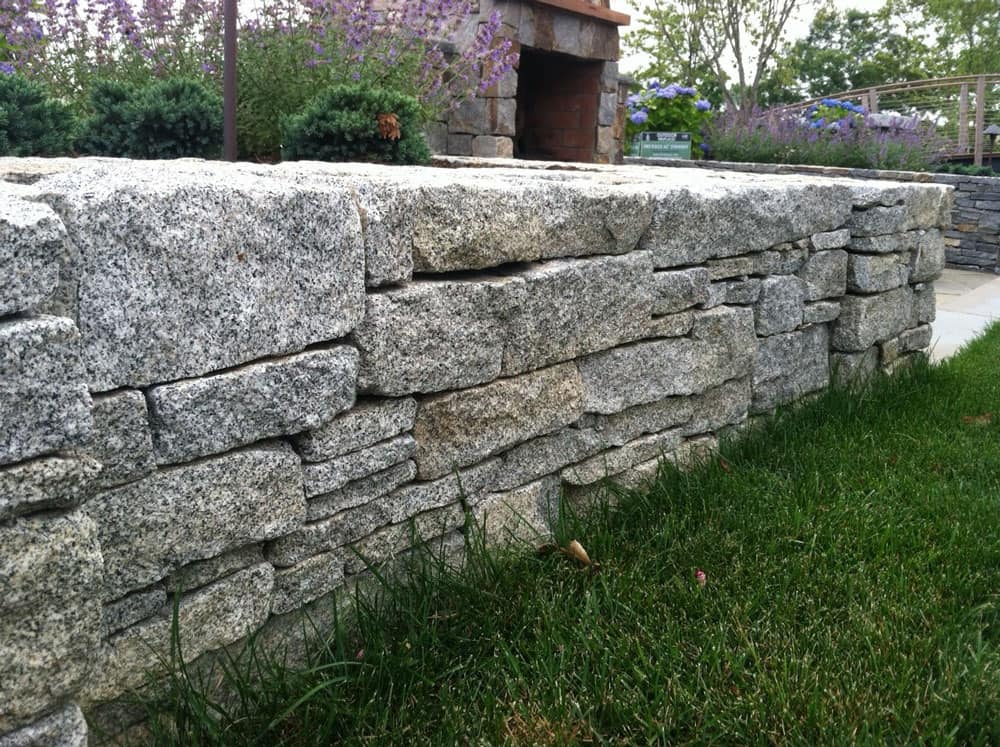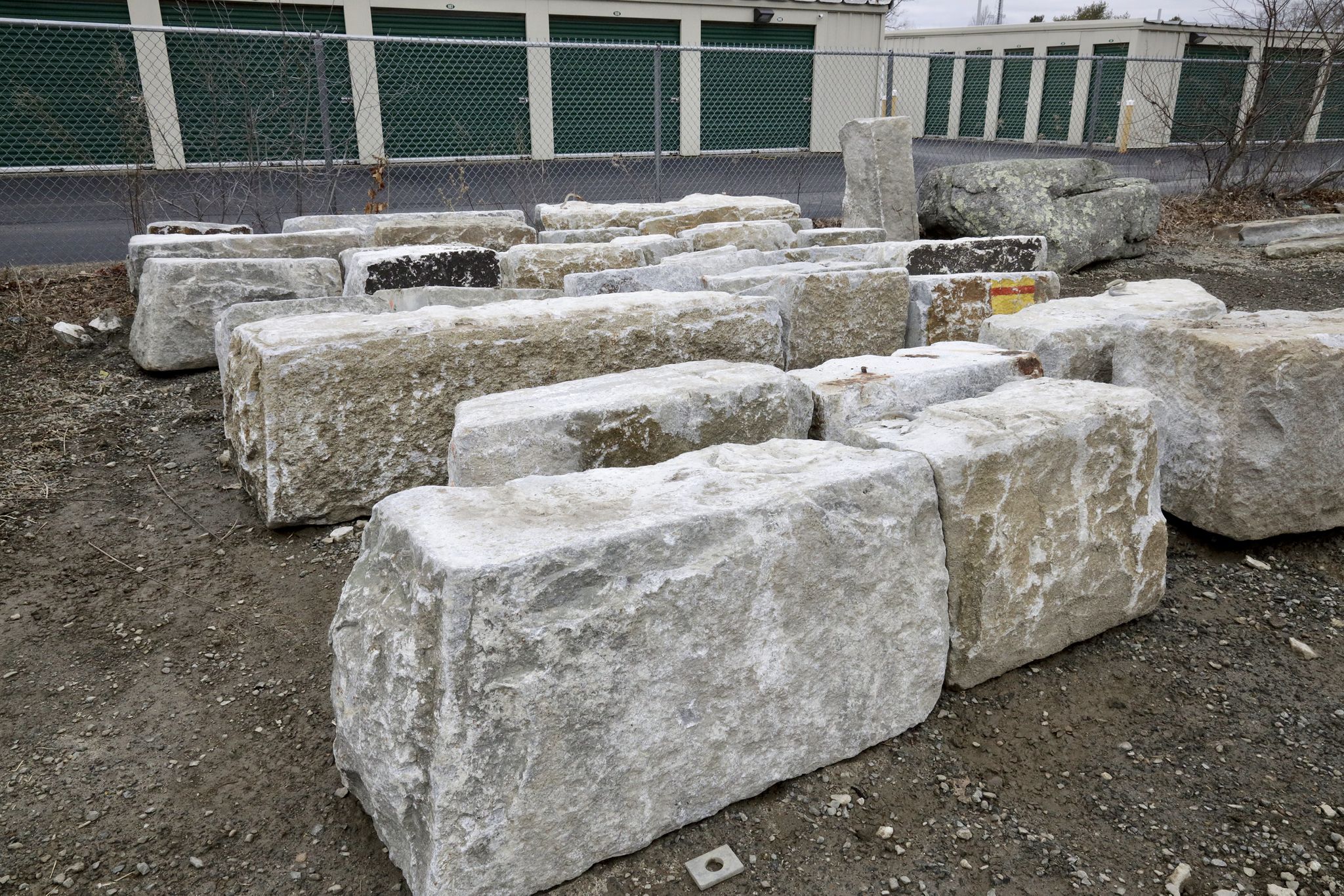Past the Rocks: Checking Out the Ecological Effect of Granite Quarries in Rustenburg
Wiki Article
Introducing the Beauty: a Trip Into Granite Quarries
Introducing the Elegance: A Journey Into Granite Quarries uses a fascinating exploration into the world of granite quarries, where nature's masterpieces are uncovered and changed. This comprehensive journey takes viewers on a compelling exploration, delving into the beginnings of granite and the intricate quarrying procedure that brings it from removal to improvement. With a focus on the kaleidoscope of shades found in different granite ranges, this book introduces the concealed elegance waiting to be uncovered. Additionally, it clarifies the art of granite sculpting, showcasing the skill and craftsmanship included in producing magnificent masterpieces. It stresses the value of lasting techniques in preserving the heritage of these quarries. Join us on this impressive trip as we reveal the mesmerizing charm of granite quarries.Beginnings of Granite: Unearthing Nature's Work of art
Granite, an all-natural igneous rock developed from the air conditioning of magma deep within the Earth's crust, is a geological work of art that exemplifies the raw beauty of nature. This amazing rock has actually captivated humans for centuries with its unique patterns, toughness, and flexibility. The origins of granite can be mapped back millions of years, to a time when molten rock, called magma, slowly cooled and solidified underneath the Earth's surface area.The process of granite development begins deep within the Earth, where extreme heat and pressure cause the melting of pre-existing rocks. This liquified rock then increases in the direction of the surface area, either via volcanic activity or by slowly horning in the bordering rocks. As it cools, the lava crystallizes, forming interlocking mineral grains that offer granite its particular appearance and strength.
The composition of granite is mostly made up of quartz, mica, and feldspar, with varying quantities of other minerals depending upon the certain geological conditions throughout its formation. This distinct mix of minerals provides granite its variety of shades and patterns, from the classic speckled appearance to even more exotic variants with swirling capillaries or distinct mineral banding.
As granite slowly weather conditions and erodes over time, it reveals its sensational charm to the world. Its longevity and resistance to warm, scrapes, and discolorations make it an excellent material for a selection of applications, consisting of kitchen counters, floor covering, and monuments. Whether it is made use of in grand architectural structures or as a small ornamental item, granite stands as a testimony to the power and details of nature's geological processes.
The Quarrying Process: From Extraction to Transformation
One of the vital action in the trip of granite from its all-natural state to its final kind is the quarrying procedure, which involves the extraction and transformation of this exceptional stone. The quarrying procedure starts with the recognition of a suitable area for the quarry. This is complied with by the clearing of plant life and topsoil to reveal the granite bedrock. As soon as the granite bedrock is revealed, the removal procedure begins. This commonly involves exploration openings right into the rock and utilizing dynamites to damage it into convenient items. These items, referred to as blocks, are then moved to a processing facility.At the handling center, the blocks of granite are cut right into pieces making use of saws with diamond-tipped blades. The pieces are after that polished to improve their all-natural elegance and offer a smooth, reflective surface area. The polishing procedure involves making use of abrasive products and specialized equipment to achieve the desired surface.

Exploring Granite Ranges: A Kaleidoscope of Color Styles
The world of granite quarries discloses a kaleidoscope of colors, astounding in their variety and beauty. Granite, a natural rock created from volcanic activity and condensation over numerous years, offers a variety of magnificent tones that make it a popular option for various building and style applications.From timeless shades of white and black to vibrant reds, environment-friendlies, and blues, granite comes in a selection of shades that can transform any type of room into a visual masterpiece. The color variations in granite are an outcome of the mineral make-up and geological processes that took place during its formation. Each quarry generates special color scheme, making every slab of granite absolutely distinctive.
Black granite, such as Outright Black or Black Galaxy, is prized for its timeless elegance and flexibility. White granite, such as Bianco Romano or Alaska White, includes a touch of elegance to any type of external or interior layout. Various other popular granite colors consist of Kashmir Gold, Uba Tuba, and Blue Pearl, each offering a distinct visual appeal.
Granite's lively shades not just improve the aesthetic allure of an area yet additionally add to its total setting. Whether utilized in cooking area counter tops, restroom vanities, or flooring, the kaleidoscope of shades discovered in granite quarries includes character and deepness to any kind of building job.
Introduction Hidden Charm: The Art of Granite Sculpting
With the precision of competent artisans, the concealed charm of granite is introduced with the art of sculpting. Granite, recognized for its longevity and one-of-a-kind patterns, has been a preferred option for sculptors for centuries. check this The procedure of shaping granite calls for terrific skill and perseverance, as the artist must carefully sculpt away layers of stone to reveal the wanted form.
The art of granite sculpting enables the production of thorough and detailed styles. From statuaries and monoliths to building elements, granite sculptures can be found in various forms and dimensions. The all-natural charm of the stone, integrated with the ability of the sculptor, causes spectacular masterpieces that stand the test of time.
In addition to its visual allure, granite sculptures likewise offer sensible objectives. Many sculptures are appointed as memorials or to memorialize substantial occasions or people. The toughness of granite makes sure that these sculptures will certainly withstand for generations, preserving the memory or message they stand for.
Preserving the Tradition: Sustainable Practices in Granite Quarries
Protecting the legacy of granite quarries involves implementing lasting practices that make sure the long-term feasibility of this important natural deposit. granite quarries in rustenburg. As the need for granite proceeds to increase, it is necessary to take on methods that decrease the environmental effect and advertise responsible quarryingOne of the crucial lasting practices in granite quarries is the use of advanced modern technology and machinery. Modern equipment allows for effective extraction of granite while minimizing power consumption and reducing waste.
An additional vital aspect of sustainable quarrying is land reclamation. After a quarry reaches the end of its life expectancy, initiatives are made to bring back the land to its initial state or repurpose it for various other useful uses. This may include re-vegetation, producing wild animals habitats, or Continued also transforming the area right into a recreational space for the neighborhood.
In addition, lasting quarrying techniques focus on responsible waste management. Granite quarries have implemented approaches such as repurposing and reusing waste products to lessen the quantity of waste sent out to garbage dumps. Some quarries even use waste granite slabs to create crushed rock or other building materials.
Conclusion
In verdict, granite quarries offer a fascinating journey into the beginnings, removal, and change of this all-natural work of art. The varied range of granite selections, with their kaleidoscope of colors, includes to the appeal of these quarries.Introducing the Appeal: A Journey Into Granite Quarries uses a fascinating expedition into the globe of granite quarries, where nature's masterpieces are discovered and transformed. Join us on this exceptional trip as we reveal the enchanting elegance of granite quarries.
One of the essential actions in the trip of this post granite from its all-natural state to its final kind is the quarrying process, which includes the removal and change of this impressive stone - granite quarries in rustenburg. Each quarry creates unique color patterns, making every piece of granite truly unique
The varied range of granite ranges, with their kaleidoscope of shades, adds to the appeal of these quarries.
Report this wiki page